

We back up our photos, music and important documents. We create back-up plans in case our original ideas falter. So, it makes sense to back up our home’s critical appliances in case of a grid failure.*
Our power grid is aging at the same time our atmosphere is heating up ― leading to bigger storm surges, greater snowfall and more intense heatwaves. The result? A record-breaking number of outages year after year. In fact, despite building massive battery storage systems and adding new power plants in California, experts believe the state will face the threat of rolling blackouts for years to come.*
Having a plan in place can prevent anguish if the electricity supply is cut off, especially in the midst of mayhem.
A Solar Battery vs a Solar Battery Backup System
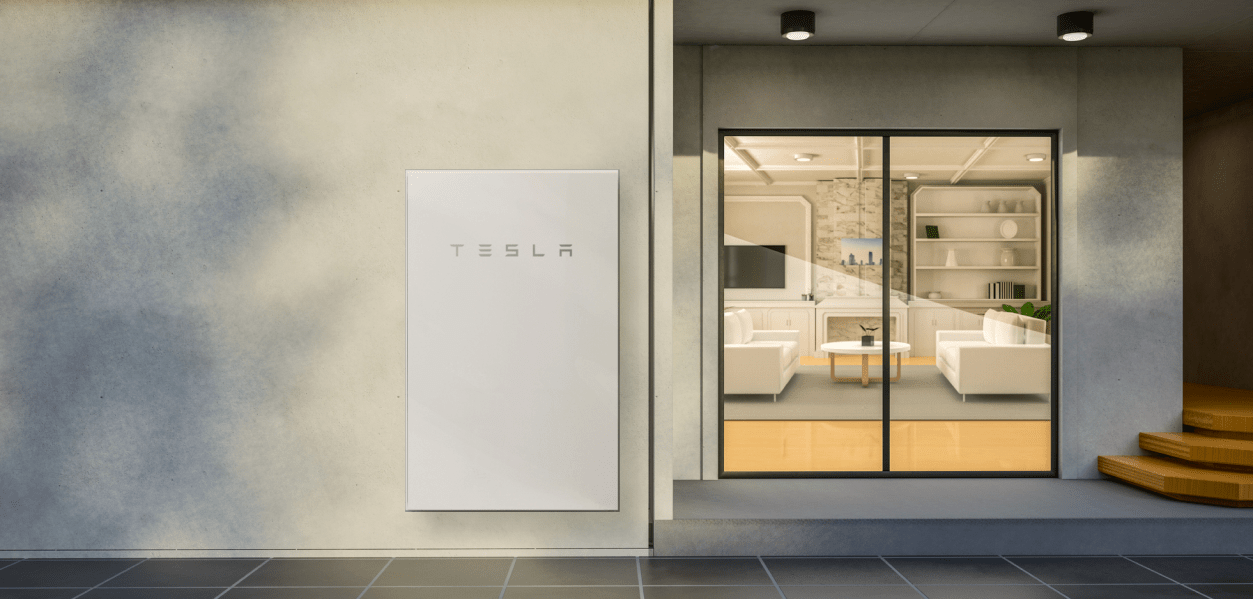
When we think of a battery in the context of severe weather, we often envision a flashlight, a headlamp, something that provides emergency power. But it’s important to understand that batteries and backup power aren’t the same thing.
Here’s why:
A battery is a voltage device that accepts, stores and releases power.* Backup power is generated through electrical systems ― a portable generator, whole-home generator or battery device ― that can store and supply power independent of the grid. Backup power allows your home to “island” or detach from the grid and function as its own self-powered grid.
Now let’s introduce a solar storage system, also called a solar battery. A solar battery works by storing the energy that your solar electric panels produce and saving it for later ― until you want it. There are a few different configurations (we’ll describe them shortly) that you can choose, which tell your battery when and how you want that stored energy to deploy.
When you combine a solar battery with a system controller, you now have backup capabilities. The technical name for this system controller is a microgrid interconnection device (MID). Under normal circumstances, this controller allows your home to be connected to both the power grid and your solar plus storage system. Then if you lose power, your home has the ability to separate from the grid, which enables you to (safely) continue consuming energy from your solar and storage system.
But that’s not all. Battery backup is just one configuration. Maybe you want protection from rising electricity costs, which are going up across California. Maybe you prefer to back up as many of your appliances as possible if you live in an area prone to intermittent outages. Maybe you want a combination of both.
How to Benefit from the Different Battery Configurations
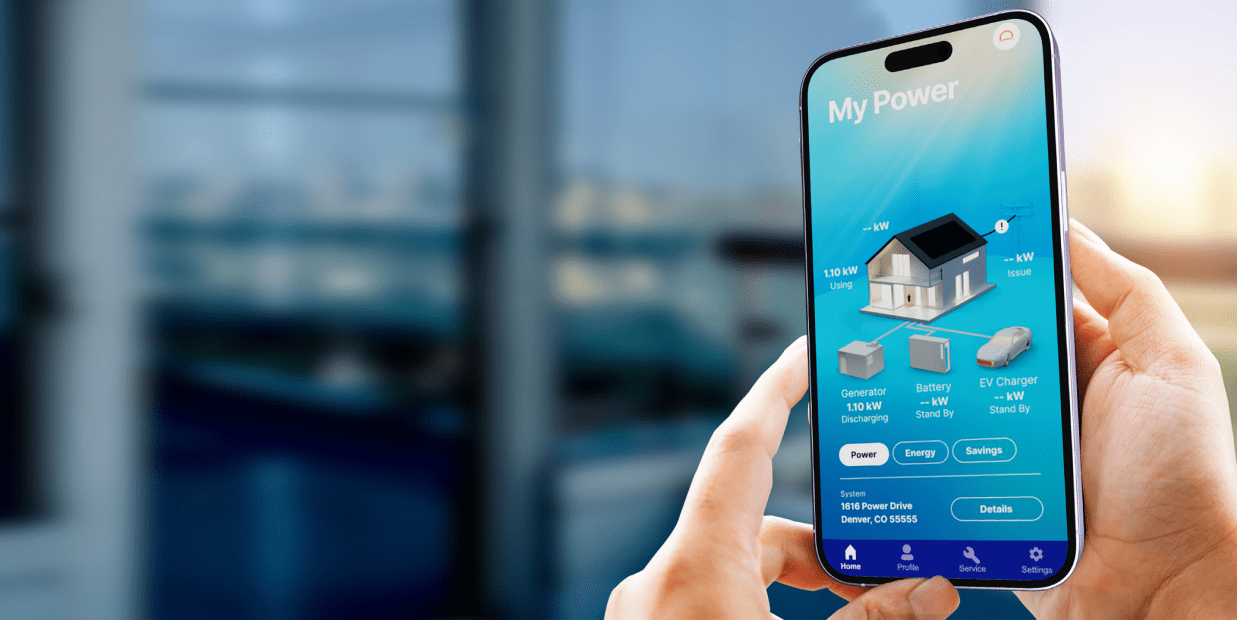
A battery with a system controller enables you to consume the clean energy you produce on-site at strategic times ― during peak electricity prices and during a grid failure.
Different battery manufacturers offer slightly different configurations. But generally speaking, there are settings that control how much energy to set aside in case of a grid outage and settings for what to do with the rest.
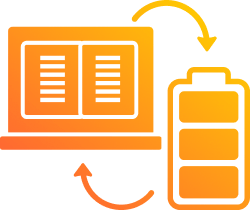
Backup power settings
Goal: Be prepared to power your home if an outage occurs
A good rule of thumb is to first decide what percentage of stored energy you want to have available if the grid goes down ― this is your backup reserve. The percentage of your battery selected for backup won’t be used for any purpose other than to provide power if an unexpected (or expected) outage occurs. You can choose your desired distribution, but we recommend that your battery retains at least a 20% reserve in case of an outage.
Some battery manufacturers offer a storm mode option that responds to severe weather signals and prepares accordingly. If you enable this option, your battery will charge to 100% in case your home loses power, and then return to your chosen settings when the weather advisory ends.
In the event of an unexpected outage, your battery state of charge could be anywhere between your reserve and 100% ― but you’ll always know that you have at least your backup reserve percentage set aside for just this purpose.
The next set of controls tells your battery what to do with the remaining capacity that isn’t set aside exclusively for backup power.
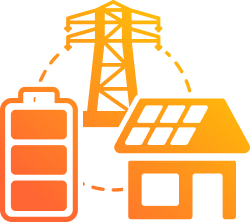
Self-consumption mode
Goal: Minimize the electricity you pull from the grid
In a self-consumption configuration, a portion of your solar production will power your home while the other portion is sent to your battery. Remember, this will occur only with the portion of the battery you have not designated to reserve for backup.
To maximize self-consumption, this mode will discharge your battery any time your home starts consuming more energy than it’s producing, whether it be a rainy day, or the sun begins to set. Once your battery reaches the designated reserve threshold, it will stop discharging (keeping the rest for backup), and your remaining home load will be served by electricity from the grid.
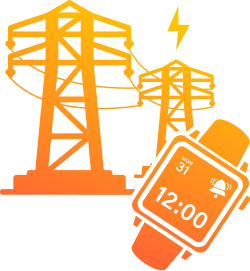
Time-of-use (TOU) mode
Goal: Avoid using grid electricity during peak hours
A time-based control setting is a specialized form of self-consumption. This configuration is pre-programmed with your utility’s rate structure in mind and designed to dispatch during on-peak hours (typically between 4 pm and 9 pm) when utility rates are the highest. When your solar system produces excess energy (above what your home immediately uses), it sends that generation to your battery.
If there’s a shortage of solar, your battery will pull from the grid to reach a full charge when rates are lower, often midday. Then in the evening, in response to the rate structure you program it with, your battery will discharge. A properly programmed TOU mode will allow your household to consume the stored energy at exactly the right time to avoid paying on-peak rates and help save you money.
Not All Batteries are Created Equal
In April of 2023, California’s solar policy changed to reduce the electric utility bill credits that solar customers could receive for sending their excess solar production to the grid. This transition to solar net billing made batteries essential in order to maximize the value of rooftop solar systems.
As a result, some companies have introduced new products with the express purpose of providing relief from peak evening rates. One such offering is a battery permanently configured in TOU mode.
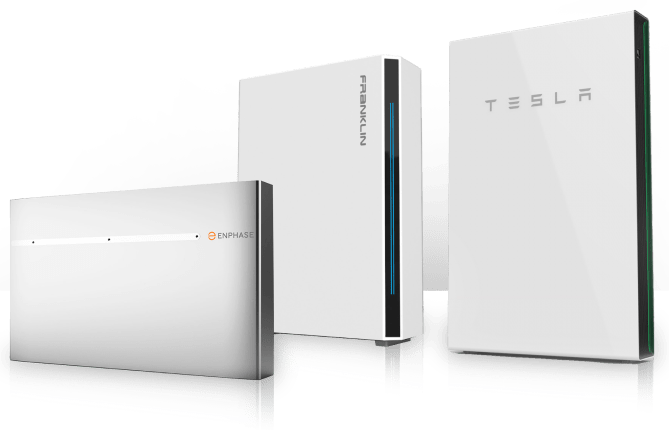
Like a standard battery, this TOU-only product is designed to charge from solar and/or the grid during low price periods and dispatch during on-peak rates (the evening TOU window). Unlike a standard battery, however, this offering lacks a system controller ― that device that interconnects to the grid. Without installing this component, a customer is able to save some money on equipment costs and some labor.
But the stakes are high, especially in California.
The Downsides of a TOU-only Battery
Because these TOU-only batteries lack the ability to form their own grid connection, they’re unable to disconnect and power back up on their own during an outage. This means a battery configured permanently in TOU mode offers no value if the grid goes down. Even charged to 100%, these batteries can’t provide backup power to your home.
Another downside? Your solar panels will turn off during an outage if you don’t have a battery that can function independently of the grid. The reason is safety. Your inverter is designed to shut your solar system down during an outage, as it’s dangerous (and potentially deadly) for utility technicians to be working on electrified lines. But if you have a system controller, as long as the sun is still shining and your battery has sufficient charge to maintain your islanded grid, your solar panels will continue generating energy during an outage to feed your appliances and battery ― and never pose a safety threat to the neighborhood grid.
The Case for Backup Power in a Warming Climate

As our climate warms and severe weather prevails across California, we can expect rotating outages and other grid interruptions to continue. With solar battery backup, you can maximize the return on your solar panels and turn your battery into an emergency power source if the grid goes down.
Sunnova’s SunSafe® solar + battery storage service offers full backup capabilities with financing option that are just as competitive as TOU-only batteries ― with more features.*
When you choose a premium service through Sunnova, you won’t need a back-up plan.